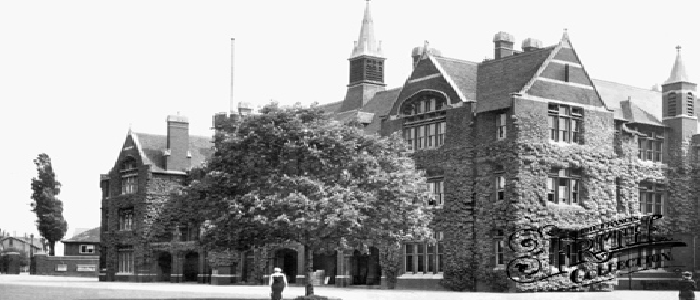North Sea flood of 1953
(By Tom.H - U6th)
Physical causes:
·
A combination of a high spring tide and a severe European
windstorm over the North Sea caused a storm tide; the combination of
wind, high tide, and low pressure led to a water level of more than 5.6 metres
(18.4 ft.) above mean sea level in some locations.
·
The flood and waves overwhelmed sea defences and caused extensive
flooding.
·
The Netherlands, a country with 20% of its
territory below mean sea level and 50% less than 1 metre
(3.3 ft.) above sea level and which relies heavily on sea defences
Human Causes:
·
At the time of the flood, none of the local radio stations
broadcast at night, and many of the smaller weather stations operated only during the
day. As a result, the warnings of the KNMI (Royal Netherlands
Meteorological Institute) did not penetrate the flood-threatened area in time
·
People were unable to prepare for the impending flood. As the
disaster struck on a Saturday night, many offices in the disaster area were
unstaffed.
Effects;
Economic:
·
The ferry MV Princess Victoria was lost at sea in the North Channel east of Belfast with 133 fatalities, and
many fishing trawlers sank.
·
47,300 buildings were damaged, of which 10,000 were
destroyed. Total damage is estimated at 1 billion Dutch guilders.
Social:
·
1,836 deaths in the Netherlands
and the emergency evacuation of 70,000 more, Most of the casualties occurred in the southern
province of Zeeland
·
In England, 307 people were killed in the counties of Lincolnshire, Norfolk, Suffolk and Essex. 19 were killed in
Scotland.
·
The ferry MV Princess Victoria was lost at sea in the North Channel east of Belfast with 133 fatalities, and many fishing trawlers sank.
·
One of the most devastating natural disasters ever recorded
in the United Kingdom. Over 1,600 km of coastline was damaged, and sea walls were breached, inundating
1,000 km². Flooding forced 30,000 people to be evacuated from their
homes, and 24,000 properties were seriously damaged
Environmental:
·
An
estimated 30,000 animals drowned
Responses:
Long term;
·
Realising that such
infrequent events could recur, the Netherlands particularly, and the United
Kingdom carried out major studies on strengthening of coastal defences.
·
The UK constructed storm surge
barriers on the River Thames below London and on the river Hull where it meets the Humber estuary.
·
In the UK the Permanent Secretary to the Home Office Sir Frank Newsam coordinated the immediate
efforts to defend homes, save lives and recover after the floods. After the
flooding, major investments were made in new sea defences. The Thames Barrier programme was started to secure central London against a future storm
surge; the Barrier was officially opened on 8 May 1984.
·
In 2013 a service was held at Chelmsford Cathedral to mark the 60th anniversary of the Great Flood, attended by Anne, Princess Royal. Acts of remembrance were
also held in Lincolnshire, Norfolk, Suffolk and Essex
Short term;
·
As telephone and telegraph networks were disrupted by
flood damage, within hours amateur radio
operators went into the affected areas with their equipment to
form a voluntary emergency radio network. These well-organized radio amateurs
worked tirelessly, providing radio communications for ten days and nights, and
were the only people maintaining contact with the outside world.
·
The U.S. Army sent helicopters from
Germany to rescue people from the rooftops. Queen Juliana and Princess Beatrix visited the flooded area only a few days after
·
A large aid program came on
apace, supported by the radio. A national donation program was started and
there was a large amount of international aid. The Red Cross was overwhelmed and decided
to send some of the funds to Third World countries.



















